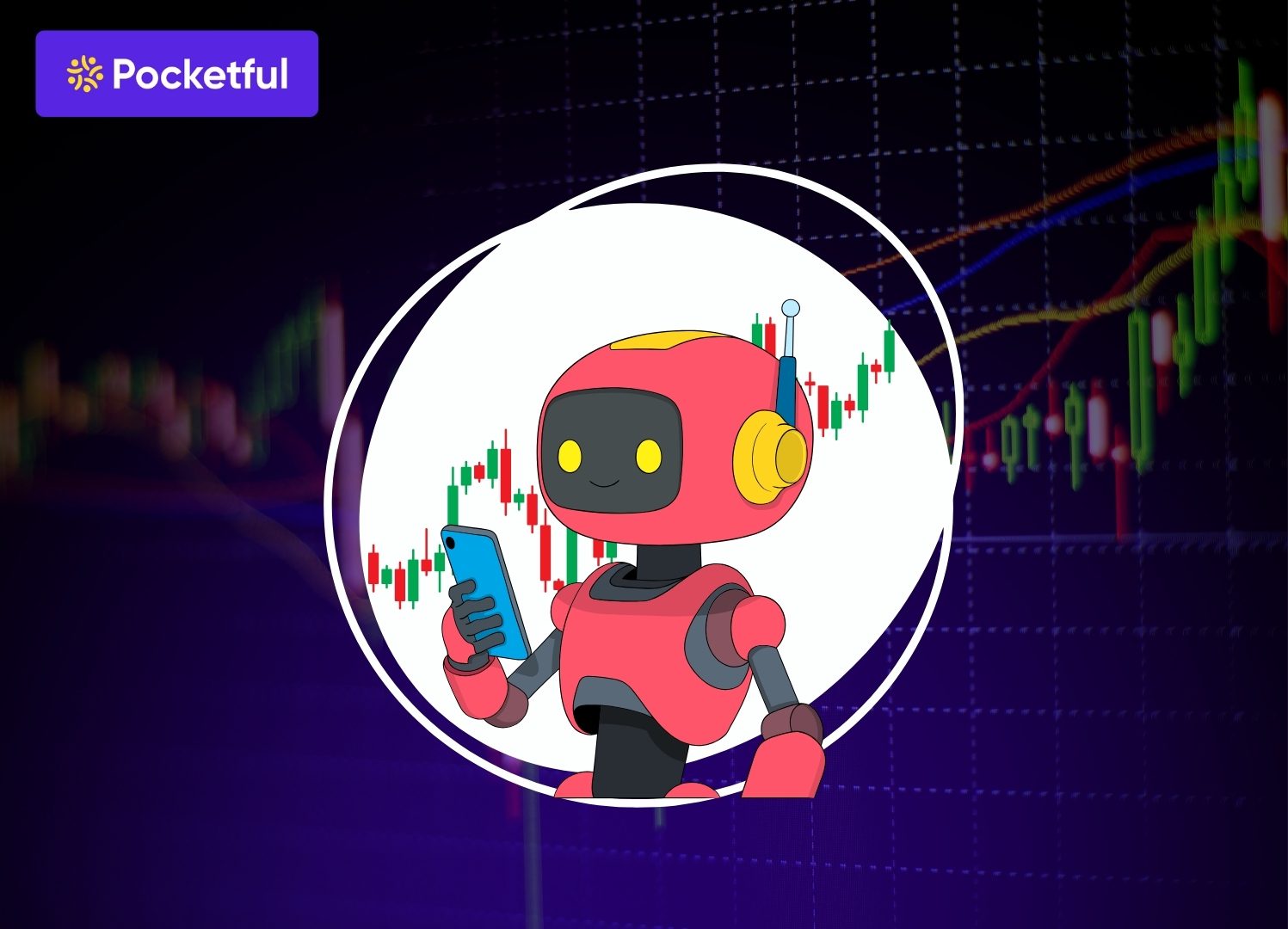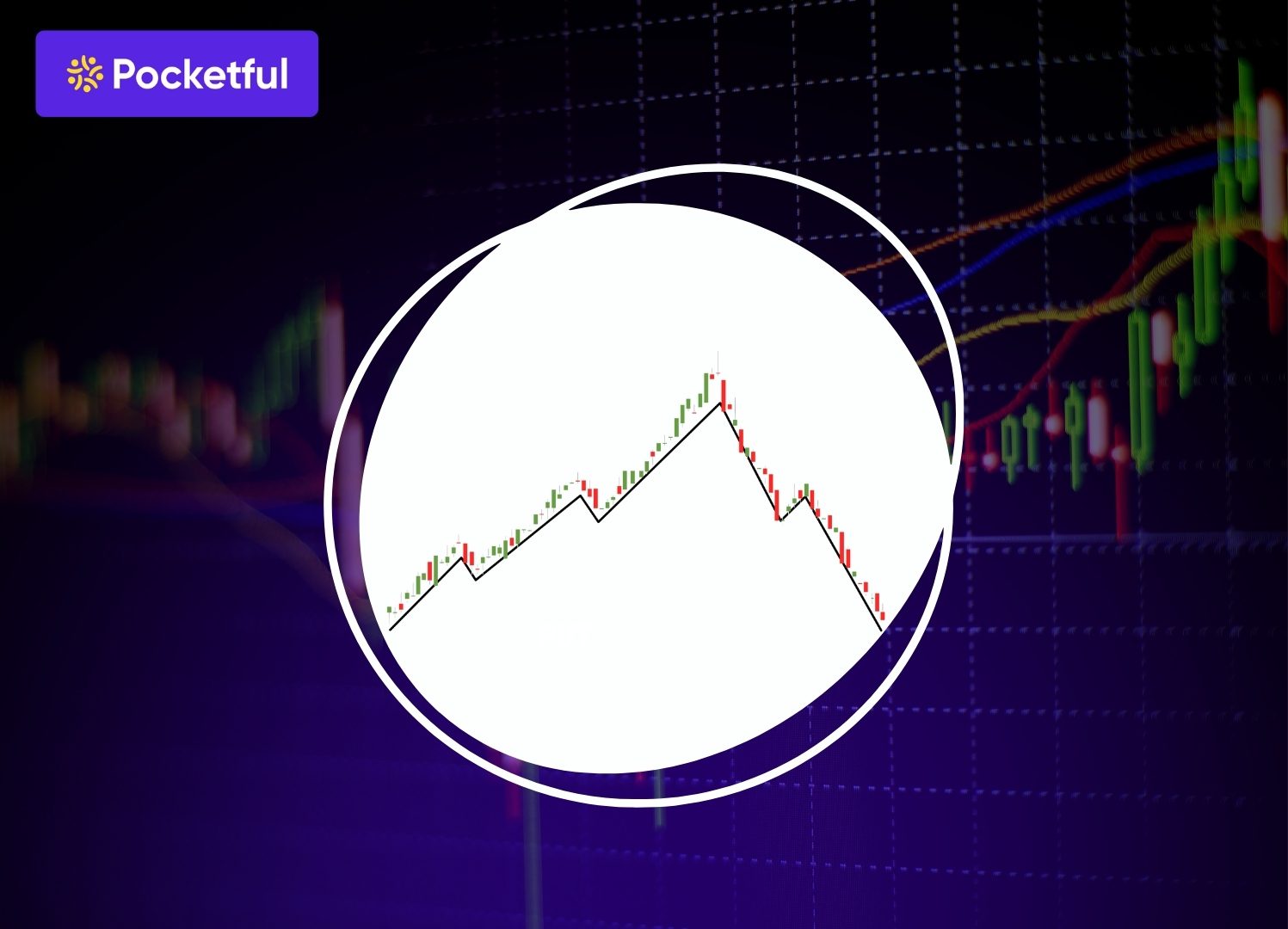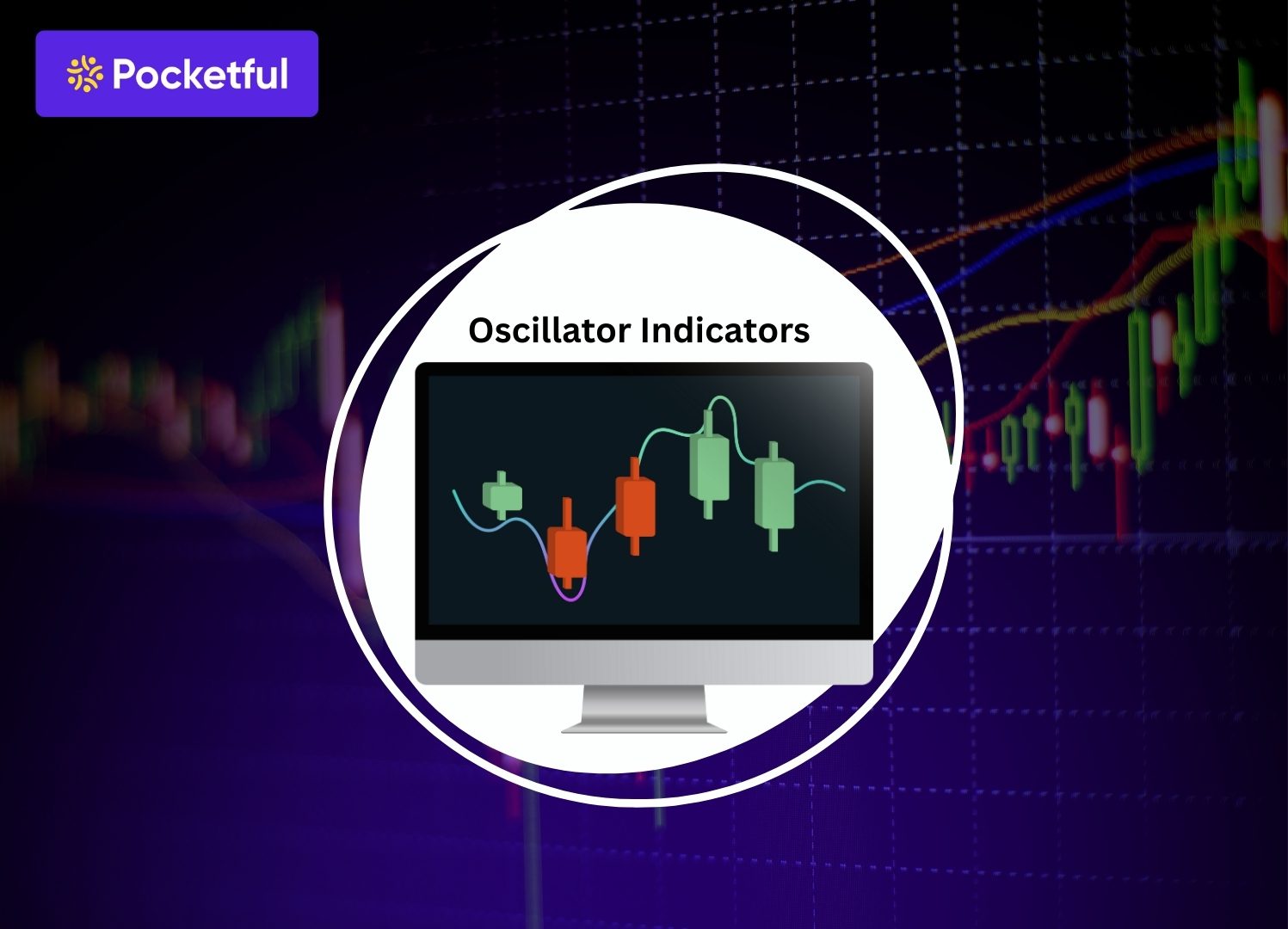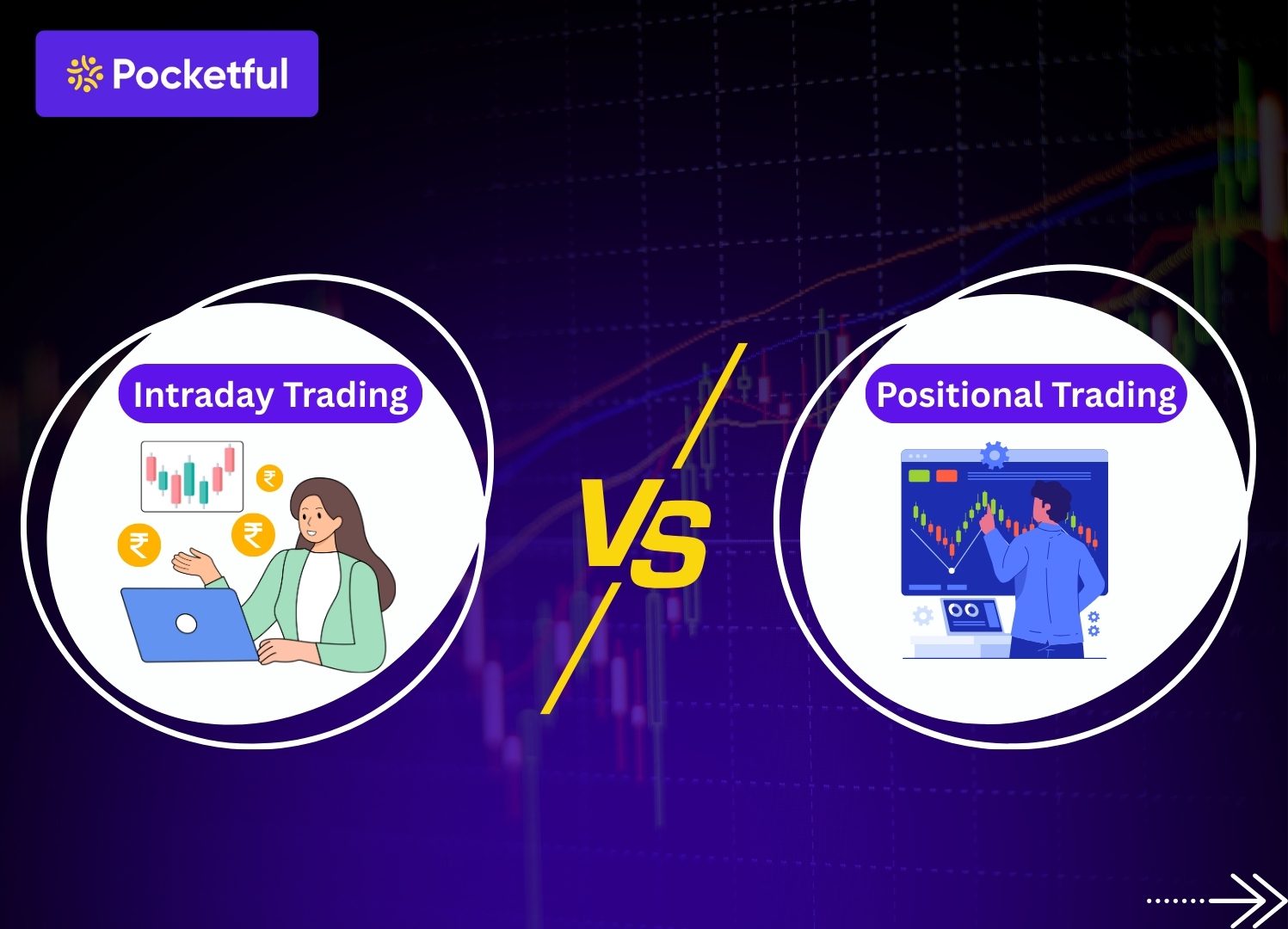Let’s forget about the stock market for a minute and talk about something simple like buying land. Suppose you find a piece of land for sale at Rs.5,00,000 and you’ve heard whispers that a new highway might be built nearby, which would cause the land’s value to skyrocket. But what if it’s just a rumour, you don’t want to be stuck with land that doesn’t increase in value.
So, you go to the landowner with a proposal. You offer to pay him a non-refundable fee of Rs.1,00,000 today. In exchange, he gives you the right but not the requirement to buy that land for Rs.5,00,000 at any point in the next six months.
If the highway gets announced and the land’s price jumps to Rs.10,00,000, you can use your right, buy the land for the agreed upon Rs.5,00,000, and you’ve made a brilliant deal. If the rumour turns out to be false, you can just walk away. The only thing you lose is the fee you paid, which is a much smaller loss than buying overpriced land. This is the core idea of a “call option.” Now, let’s see how the call option is used in the stock market.
What is an ITM Call Option?
Call Option is a contract which gives you the right, but doesn’t force you, to buy a stock at a fixed price (we call this the strike price) before a certain date known as the expiry date. The “ITM” part simply means “In The Money”, an ITM call option is one where the stock’s current price in the market is already higher than your fixed buying price, here the deal is already looking good for you on paper. It has a built-in advantage from the start. Getting a handle on ITM options is all about understanding this head start.
Important terminologies
- Underlying Asset: This is the actual stock you’re dealing with (like shares of Reliance or Infosys).
- Strike Price: This is the price you’ve locked in and it won’t change your contract.
- Spot Price: This is the live market price of the stock, the one you see on your trading platform.
- Expiry Date: This is the last day your contract is valid. After this, your right disappears.
The relationship between the spot price and strike price tells us everything.
| Option State | Condition for a Call Option | What It Really Means |
|---|---|---|
| In The Money (ITM) | Spot Price > Strike Price | Your right to buy is already in a profitable position. |
| At The Money (ATM) | Spot Price = Strike Price | It’s a tie. No advantage either way. |
| Out of The Money (OTM) | Spot Price < Strike Price | Using your right would mean buying for more than the market price. |
The Two Parts of an Option’s Price
When you buy an option, the price you pay is called the premium. Think of this premium as having two components, especially for an ITM option.
1. Intrinsic Value
This is the solid, tangible value that’s already put into the option. It’s the amount by which your option is already “in the money.” You can figure it out with some simple math
- Intrinsic Value = Spot Price − Strike Price
So, if a stock is trading at Rs.110 and your call option has a strike price of Rs.100, its intrinsic value is Rs.10 this is a real, measurable advantage. Only ITM options have this kind of value for the others, it’s zero.
2. Time Value
This is the extra bit you pay for the chance that the stock will climb even higher before your time runs out. It’s the value of potential. The more time you have until the expiry date, the more hope there is, and the higher this time value will be.
Think of time value like a melting ice cube. Every single day, a little bit of it disappears, this process is known as “time decay,” gets faster and faster as you get closer to the expiry date.
So, when you buy an ITM option, you’re paying for both a real advantage (intrinsic value) and the potential for more (time value). This is why they’re more costly than OTM options, which are made up of nothing but hope.
How Does ITM Work?
Say you have an optimistic feeling about a company called “Bharat Motors,” currently trading at Rs.520.
- Your Move: You decide to buy an ITM call option with a Strike Price of Rs.500.
- The Cost (Premium): The seller is asking for Rs.30 per share for this right.
- Total Bill: In India, options trade in “lots.” If the lot size is 100 shares, your total cost is Rs.3,000 (Rs.30 x 100). This is the absolute most you can lose on this trade, no matter what happens.
After a few weeks you notice that your gut feeling was right and the stock has shot up to Rs.560.
Most traders don’t actually buy the shares, they just sell the option contract, which is now worth a lot more. But to see the profit clearly, let’s calculate it:
- Paper Profit: (Current Price – Your Locked-in Price) x Shares = (Rs.560 – Rs.500) x 100 = Rs.6,000.
- Real Profit: Paper Profit – What You Paid = Rs.6,000 – Rs.3,000 = Rs.3,000.
But here’s the actual point, the breakeven point. This is the price the stock needs to hit for you to actually start making money, after covering your initial cost.
Breakeven Point = Strike Price + Premium Paid = Rs.500 + Rs.30 = Rs.530.
Since the stock hit Rs.560, you were well past the breakeven point and comfortably in profit.
Read Also: Difference Between ITM, OTM, ATM in Call and Put Options
Things to consider before starting
- Buying a call option is a purely a bullish move. You’re betting the stock will go up. An ITM call is for when you’re not just hopeful, but reasonably confident that the stock has the strength to climb past your breakeven point.
- All options trading has risks, but ITM calls are often seen as one of the “safer” options in the stock market because the intrinsic value we talked about acts like a small cushion. If the stock stumbles a bit, your option might still be worth something, whereas an OTM option would likely be wiped out.
- Time decay is always working against you. You need to give time to your prediction to come true. If you think a stock will rise over the next few months, buying an option that expires next week is setting yourself up for failure.
Advantages of ITM Call Option
- Potential gains: Because you start with a built-in advantage (intrinsic value), you don’t need a massive price jump to end up with a profitable trade.
- Movement similarity: ITM options have something called a high “Delta.” All this means is that if the stock goes up by Rs.1, your option’s price will also go up by almost Rs.1. This makes its movement feel more predictable.
- Safety feature: That intrinsic value acts as a buffer. If the stock price dips, it might not wipe out your entire investment, which is the real risk with other types of options.
- Less day to day impact: Since a big chunk of the option’s price is solid value, the daily melt of time decay has a smaller percentage impact on your investment.
Disadvantages of ITM Call Option
- Expensive: This is the main drawback, you’re paying a premium for that safety and head start, so the entry ticket is much pricier.
- Lower Bang for Your Buck: Because your initial investment is high, the percentage returns can seem less dramatic. You might make a good profit, but you won’t see the explosive 500% gains that sometimes happen with riskier, cheaper options.
- More Cash Required: The high cost means you need more capital in your account to get started, which can be a hurdle for many.
- Higher Rupee Risk: While your chance of losing everything is lower, the amount of money you could lose is higher. A total loss on a Rs.3,000 option hurts more than a total loss on a Rs.500 one.
Read Also: Call and Put Options: Meaning, Types, Difference & Examples
Conclusion
An In-The-Money call option is a tool for a specific job. It’s for someone who believes a stock will rise and wants a better chance of being right, and is willing to pay for that increased probability. It’s a more conservative way to enter the bullish game.
But it’s not an easy game, it’s expensive, and you still need the stock to perform well to make a profit. Ultimately, there’s no “best” option in the financial market, only the one that’s best for your strategy, your budget, and your comfort with risk. The smartest investment you can make is in increasing your overall knowledge.
Frequently Asked Questions (FAQs)
Is ITM and OTM call options different and how?
An ITM call is like buying a ticket to a concert that’s already a hit, though it’s more expensive, but you’re pretty sure you’re in for a good show. An OTM call is like buying a ticket to a brand new band’s first show, it’s cheap, but it’s a total gamble on whether they’ll be good or bad.
Can investors get guaranteed profits in the ITM call option?
It is a huge myth, investors still have to overcome the premium you paid. If the stock price doesn’t rise enough to cover your initial cost, you will lose money, even if the option is “in the money.”
Why does ITM call options cost more?
It is high because you’re paying for two things, the profit that’s already built-in (intrinsic value) and the potential for even more profit (time value). Cheaper options only have the “potential” part, which makes them a riskier bet.
Is it necessary to buy shares if I have an ITM call option?
Nope. You have the right, but you’re not forced to. In India, almost all traders simply sell the valuable option contract back to the market to cash in their profit or loss. It’s simpler and you don’t need the huge amount of cash required to actually buy the shares.
Can beginners use ITM options?
On one hand, they are less likely to expire worthless and their price moves more predictably, which can be comforting for a beginner. On the other hand, they cost more, so a mistake can be more expensive. The best advice for any beginner is to learn, learn, and learn some more before putting real money on the line.










